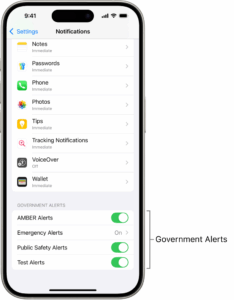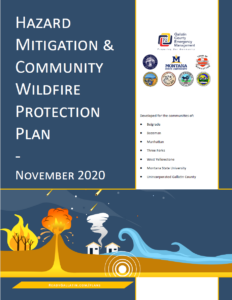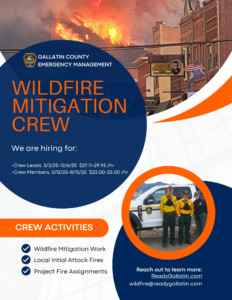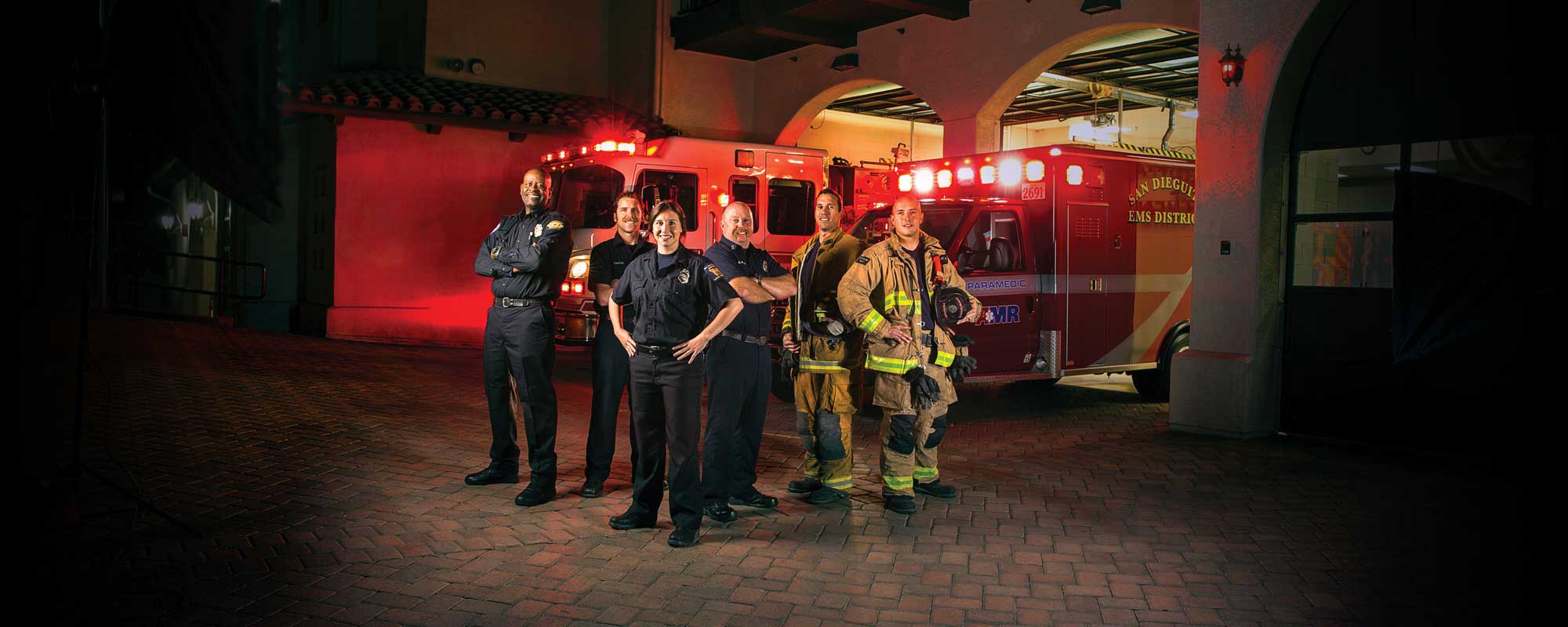
May 17-23 is Emergency Medical Services Week!
This is Emergency Medical Services (EMS) Week!
Make sure you thank your ambulance crews (on the ground and in the air), firefighters, and emergency room personnel when you see them. These are your first line of help when you get sick or hurt any time of the day. To top it off many of these EMS professionals here in Gallatin County are volunteers helping their neighbors out. A quick thanks from the community on Emergency Medical Services Week goes a long ways…
Over the years EMS has changed a lot from simply driving someone to the hospital to a highly technical field with highly educated professionals. Read the following article by Michael Gerber to learn more about this evolution:
As we celebrate EMS Week, we look back at the ways EMS has changed over the past four decades—and even the past four years.
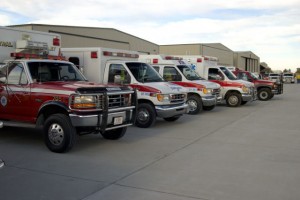 MORE THAN 40 YEARS have passed since the first episode of “Emergency!” aired on television, and in some ways, things haven’t changed all that much. In the January 1972 pilot episode, which offers a dramatized account of the early days of Los Angeles County paramedics, emergency physicians are skeptical that paramedics can safely provide medical care in the field. Frustrated firefighters wonder why they try so hard to save lives when they don’t have the necessary tools and training for the situation. And legislators grapple with how to regulate these new healthcare providers.
MORE THAN 40 YEARS have passed since the first episode of “Emergency!” aired on television, and in some ways, things haven’t changed all that much. In the January 1972 pilot episode, which offers a dramatized account of the early days of Los Angeles County paramedics, emergency physicians are skeptical that paramedics can safely provide medical care in the field. Frustrated firefighters wonder why they try so hard to save lives when they don’t have the necessary tools and training for the situation. And legislators grapple with how to regulate these new healthcare providers.
Sounds a lot like the current discussions surrounding the future of prehospital medicine and the role of EMS providers in mobile integrated healthcare programs, right?
But while the themes remain the same, much has changed. Paramedics and EMTs providing lifesaving interventions in people’s homes, on highways and in ambulances has become an accepted— and expected—component of American healthcare. Throughout the past four decades, prehospital care has evolved in ways that were never imagined when the first paramedics hit the streets.
Some of those changes are more visible than others: Without knowing anything about EMS, it’s still easy to recognize the difference between the hearse-style ambulances of the 1960s and ’70s and the ambulances of today. The basic premise— a vehicle with a stretcher that can transport the sick and injured to the hospital—has not changed.
Other differences, while more subtle, probably represent bigger shifts in EMS culture and practice. At one time, providers who wore gloves were the minority—the tough ones didn’t need them. Forty years ago, no one had heard of HIV or AIDS and Ebola hadn’t been discovered. Now, gloves have become ubiquitous and infection control is one of the most pressing issues facing the industry today.
Don Lundy, EMS director for Charleston County (S.C.) EMS, recently experienced firsthand exactly how prehospital care has changed since he started as a dispatcher in 1974. Just before Thanksgiving in 2013, he suffered a heart attack after returning home from a trip. The EMS providers who cared for him weren’t fazed by treating their boss, and they performed an EKG and transmitted it to the hospital. Forty minutes later, Lundy was lying on the cath lab table; two days later, he celebrated Thanksgiving with his family at home.
That was quite different from EMS of the 1960s, when Lundy’s mother suffered a heart attack. “The way heart attacks worked in that day, you didn’t wait for the ambulance, because that was the funeral home hearse; you put her in the back [of your car] and took her to the hospital,” recalls Lundy, who recently completed his term as president of NAEMT.
Some transformations in EMS practice happened incrementally, slowly evolving over decades; others seemed to happen overnight, spurred by new technologies or research. Seeing how EMS has changed over four decades provides not only a glimpse into the past, but also lessons for the future.
Advances in technology
When Lundy started, it was hard to imagine a prehospital provider performing advanced interventions or administering medications without talking to a physician first. Defibrillation, for example, was once a skill that only paramedics could perform, and only after receiving orders from a physician— something that seems ridiculous to EMS providers today, when defibrillators are available to the public and EMS caregivers provide advanced care on standing orders.
At the same time, changes in healthcare and technological advances have led to the return of telemedicine and conversations between field providers on the scene and physicians as more and more agencies look for ways to avoid transporting patients unnecessarily or to provide services where physician access is limited.
“We initially were very much relying on the radios and telemetry. Then we moved to standing orders. And now we’re [talking about] telemedicine,” says Mary Beth Michos, former fire chief in Prince William County, Va., and now a senior adviser to the International Association of Fire Chiefs. As a nurse, Michos helped start one of the first advanced life support programs in the country.
Telemedicine is just one area where technology is changing how EMS providers perform care. Ambulances can now carry advanced diagnostic equipment that has become more portable and more affordable. EKG monitors perform and transmit 12-leads, record vital signs, and measure carbon dioxide levels in expired air and carbon monoxide levels in blood. Some paramedics have access to ultrasound, while in other cases they are acquiring lactate levels and performing other lab tests in the field.
What technological advances have not changed, Michos says, is the importance of assessing the patient with one’s eyes and hands and ears. “I still feel that you need to have a good understanding of the patient and physiology and not just keep your eyes on [the monitors],” she says.
Using evidence to make care decisions
While prehospital providers have always thought they were doing the best for their patients, only in recent years has EMS started to rely on evidence to prove it—or, in some cases, disprove it.
In the early days of EMS, treatments and protocols were often based on assumptions and anecdotes, but not rigorous science. While studying emergency medicine—especially in the field—remains one of the most challenging areas in clinical research, a search of journal articles shows that prehospital research is now a vibrant and growing area of study.
“If you don’t have the information, it’s like you’re [working] blind,” says Bob Bass, M.D., who recently retired after two decades at the helm of the Maryland Institute for Emergency Medical Services Systems (MIEMSS). “We blissfully thought in cardiac arrest we were doing well, we blissfully thought we were triaging the right people to the right place at the right time.”
Bass, who started in EMS as a volunteer at a North Carolina rescue squad more than 40 years ago, has long been involved in prehospital clinical research. He was one of several researchers who began challenging the efficacy and safety of pneumatic anti-shock garments (PASGs, also known as MAST) in the 1980s.
“We did that research, we published [in peer reviewed journals],” he remembers. “But it took years to integrate that.”
Now, the once-ubiquitous PASGs are more likely to be seen in a museum than on an ambulance. Meanwhile, the EMS community is more receptive of clinical evidence—but is still often quick to adopt new technologies and toys based on limited research rather than comprehensive clinical trials.
The recent effort to develop evidence-based guidelines, which are written using the entire body of evidence and the strength of the studies—not just the results—seeks to change that.
Managing with data
The data being collected is not only useful for researchers— it is also being used on a daily basis by EMS executives and managers. The data revolution in EMS started with an emphasis on response times as ambulance services began scrutinizing the location and time of incidents in an effort to more efficiently meet the requirements of their contracts.
In the past decade, the availability of electronic patient data has led to the creation of other performance measures besides response times. The proliferation of the electronic patient care report (PCR) has led to a significant push in recent years to track clinically relevant measures; now most major EMS systems can report their cardiac arrest save rates, percentage of chest pain patients who receive 12-lead EKGs, and time spent on scene with trauma patients.
Patient-centered care
Leaving a patient at home was once considered the biggest risk in EMS—patient refusals were all against medical advice, and EMTs were taught to tell patients that they needed to be taken to the hospital in an ambulance. While instances of patients having bad outcomes after not being transported still occasionally make headlines, EMS innovators have also discovered that some patients shouldn’t go to the hospital, and avoiding those trips can benefit the patient and the healthcare system. In some places, such as Fort Worth, Texas; Reno, Nev.; and Louisville, Ky., new programs are using triage nurses and other trained providers to handle low-acuity 911 calls and avoid sending any EMS response at all.
At the same time, mobile integrated healthcare and community paramedic programs are revolutionizing the role of EMS in the community. While many have only just started, Lundy thinks they will change how EMS is seen by the rest of the healthcare community.
“What has not changed [in 40 years] is that the basic premise of EMS is still transportation,” he says. “There are a variety of reasons, but the primary one is funding. We [get paid] for taking people from one place to the next [instead of providing medical care]. I think community paramedicine and mobile integrated healthcare is the bridge that’s going to make that happen.”
Michos, who came to EMS after starting as a hospital-based nurse, sees a parallel between some of the changes happening now and the early days of ALS care. “I think what’s going onnow is probably as big a transition in EMS as when we introduced EMS,” she says. “It’s just a whole new area.”
EMS grows up
Although he’s entering his fifth decade in the field, Lundy believes the industry is just now starting to come into its own. “I think as a profession we are clearly coming out of our teenage years and into our young adulthood,” he says.
One aspect of EMS that has helped it evolve professionally lies in how prehospital providers are educated. Paramedic Walt Stoy, who heads the emergency medicine program at the University of Pittsburgh School of Health and Rehabilitation Sciences, took his first EMT class 40 years ago.
“I got taught a lot at the EMT level by physicians,” he recalls. That first class, in Uniontown, Pa., was an 80-hour course. “The [local] emergency department director came and taught. Other physicians volunteered their time to come in and teach us.”
Now, most initial EMS training does not have as much physician involvement, but not because the quality of the training has declined. Over the years, paramedics and nurses with years of field EMS experience have led to a large cadre of instructors from within the profession. At the same time, the education standards—many of which Stoy helped write—have strived to produce true medical professionals, not just responders with a set of technical skills.
“I was not ready to be on the streets,” Stoy says of the days after he graduated paramedic training in 1976. His clinical training consisted of starting just a few IVs and administering some medication during a rotation in the ED. And upon completion of the course, he was sent to work as a paramedic—no formal precepting program existed at the time. “Basically you worked on an ambulance and just went out and took care of patients,” he adds.
Now, some of those very same EMS veterans who took unaccredited paramedic courses several decades ago are starting to suggest that associate’s degrees or even bachelor’s degrees should be required for people to practice as paramedics.
“I think that’s the next question to be asked,” Lundy says.
Moving forward
Looking back on the past four decades of EMS gives insight into the past, but it also provides examples and analogies that current EMS leaders can learn from. The parallels between the early days of ALS and the evolution of community paramedicine and mobile integrated healthcare, for example, are quite clear—whether it’s the training conducted by physicians and volunteers or the skepticism from other members of the healthcare community that “first responders” are qualified to fill that role.
The differences between then and now are what make EMS leaders and visionaries hopeful that it will not take another four decades for EMS to grow from young adulthood to maturity. It took decades for protocols to adapt to the clinical research on PASGs and spinal immobilization. Many new EMS innovations still start with a theory, but the community has recognized the need to evaluate and adapt more quickly.
“It’s true that when we started [community paramedic programs], I’m not sure we had any data to support it, but we had a gut feeling it would work,” says Lundy. “Now we’re getting data back that says it does work.”
While many EMS veterans, including those quoted here, are nostalgic for aspects of the early days of EMS, the consensus is that prehospital medicine today is more sophisticated, more organized and more patient-centered than ever before. And they have little doubt that despite many challenges, EMS in the future will be stronger.
MICHAEL GERBER, NREMT-P, MPH, is an associate consultant with the RedFlash Group. He has been active in EMS in the Washington, D.C., area since 2001 and currently volunteers as a paramedic with the Bethesda-Chevy Chase Rescue Squad.
Article accessible at: http://www.emsstrong.org/evolution-ems/

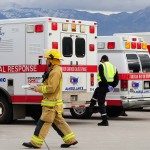
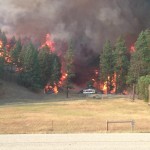 Previous Post
Previous Post Next Post
Next Post